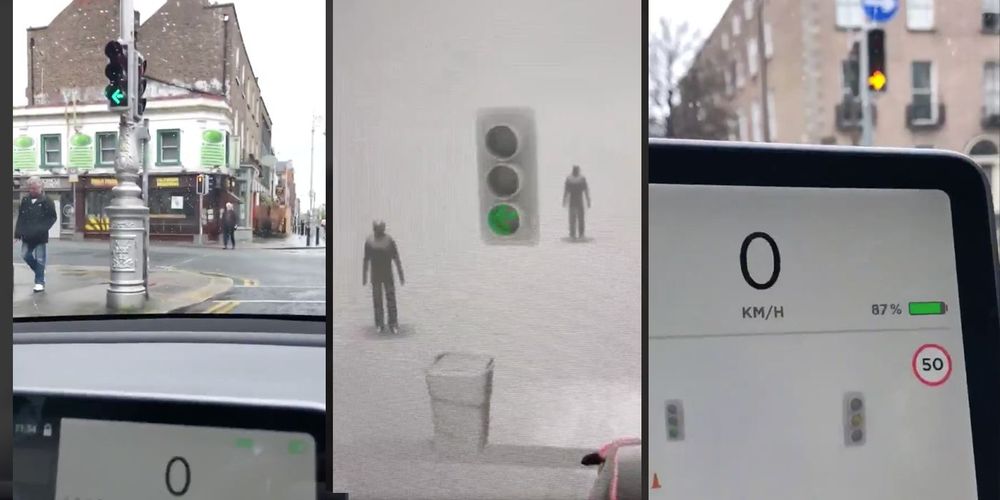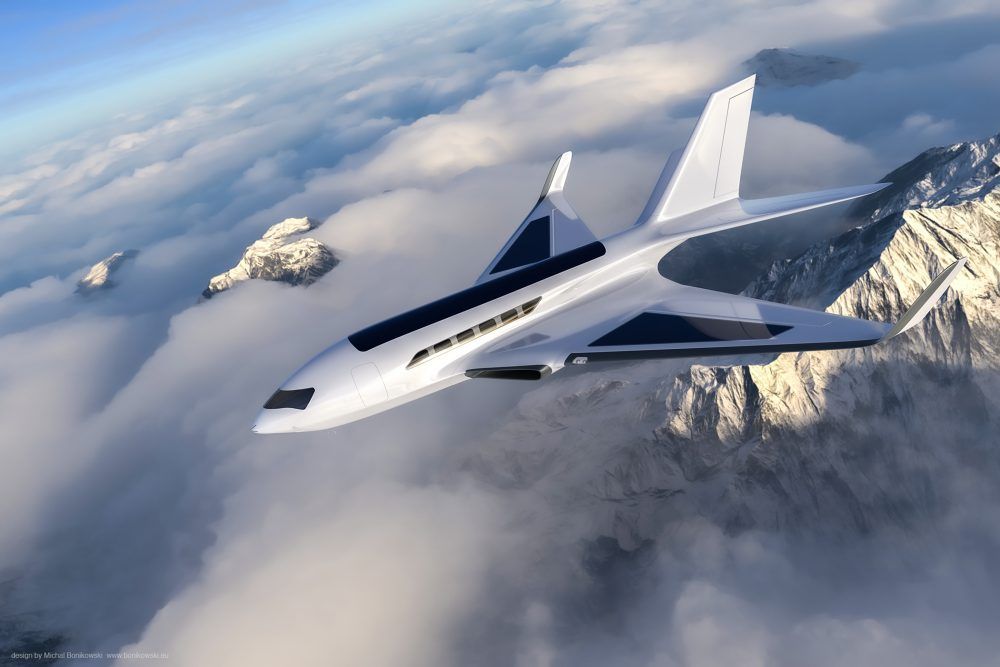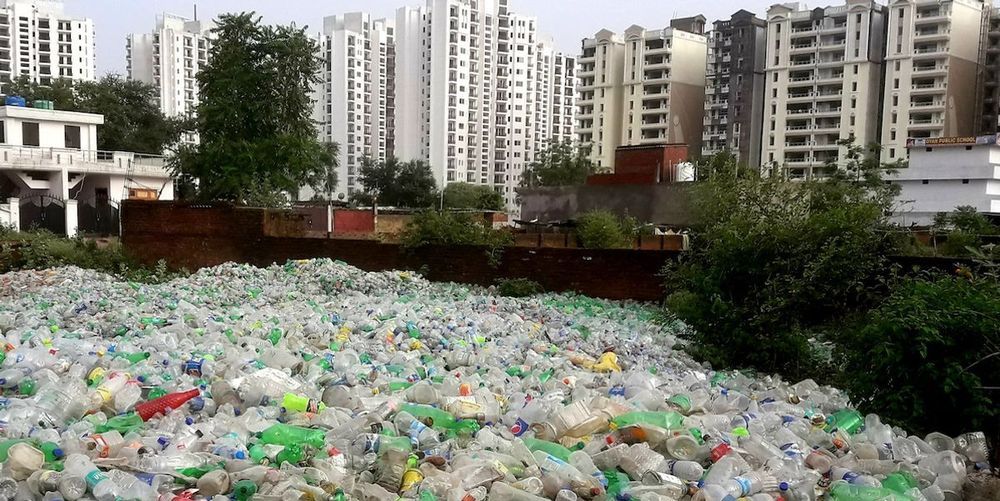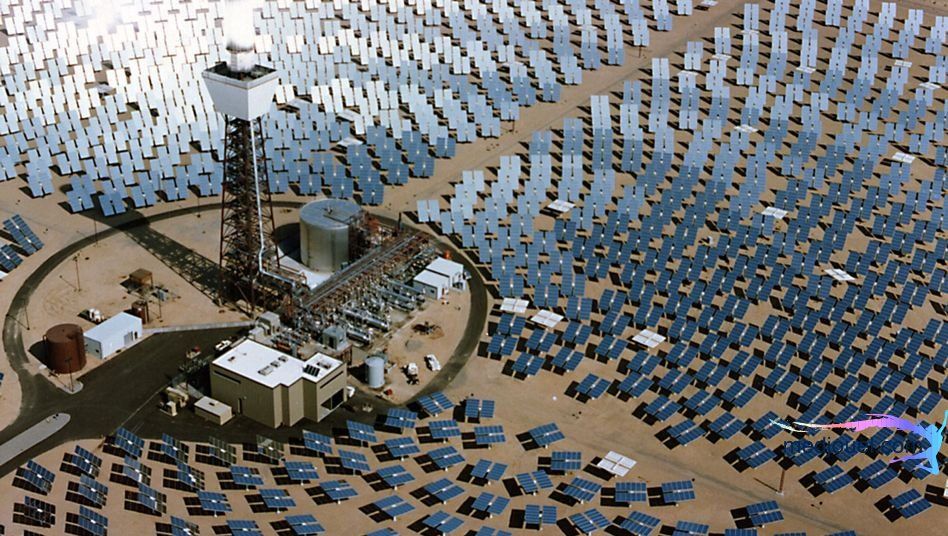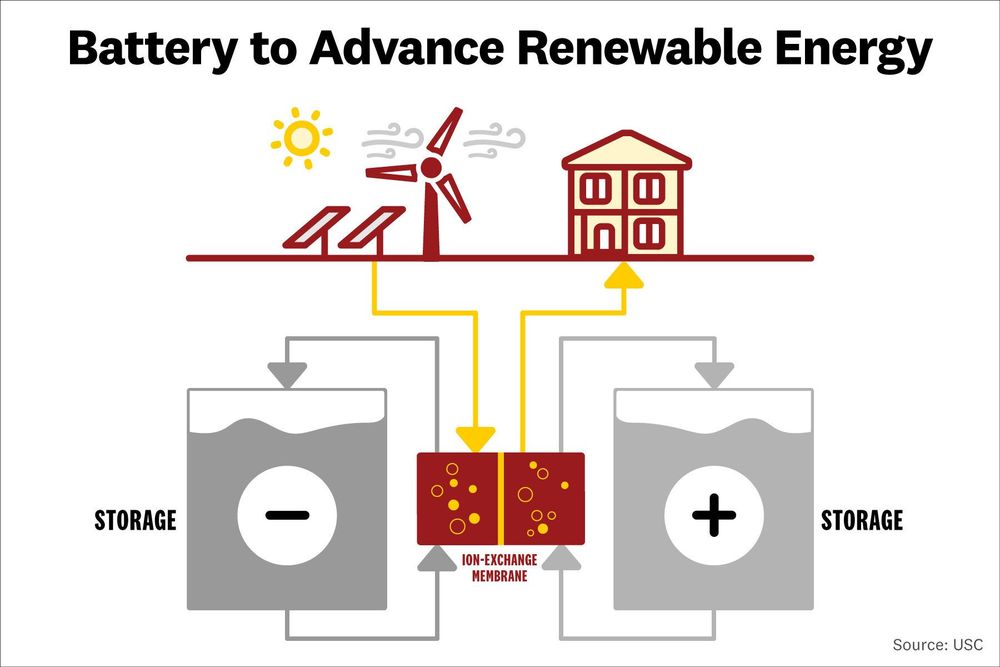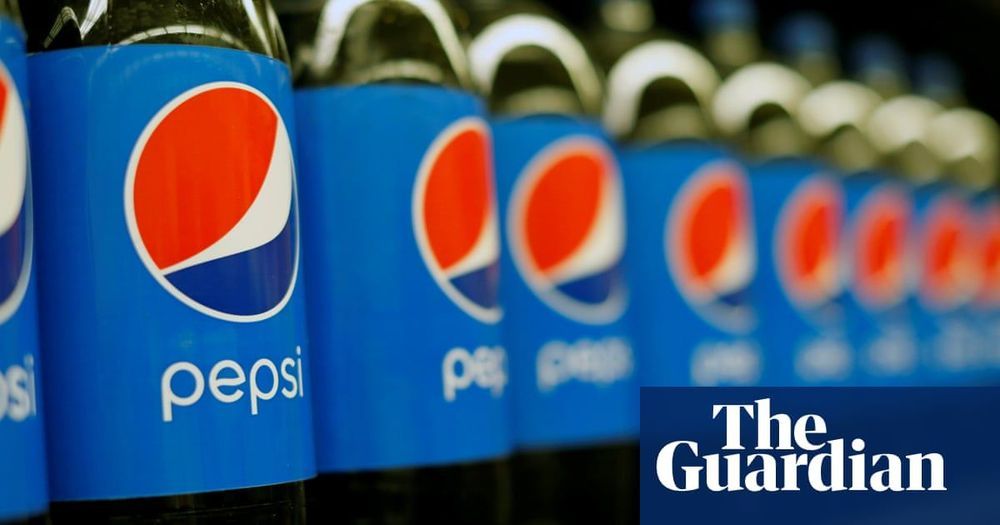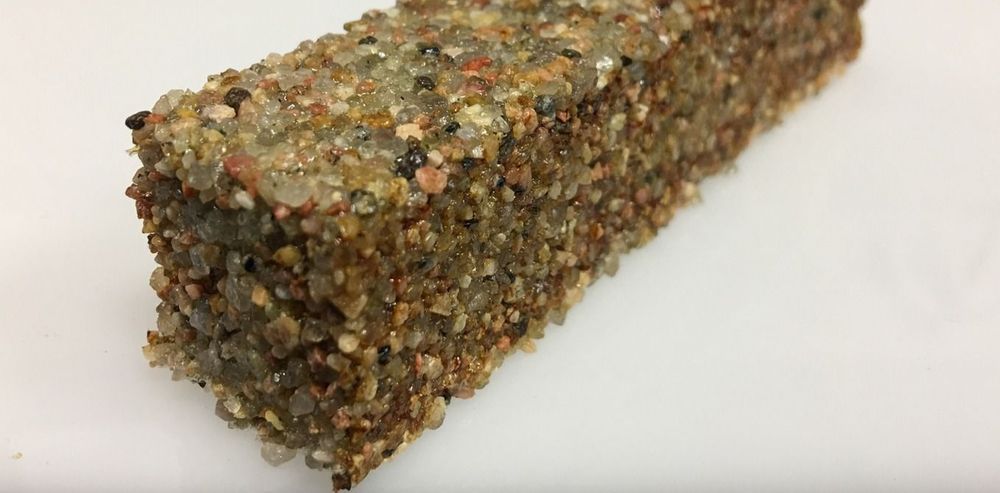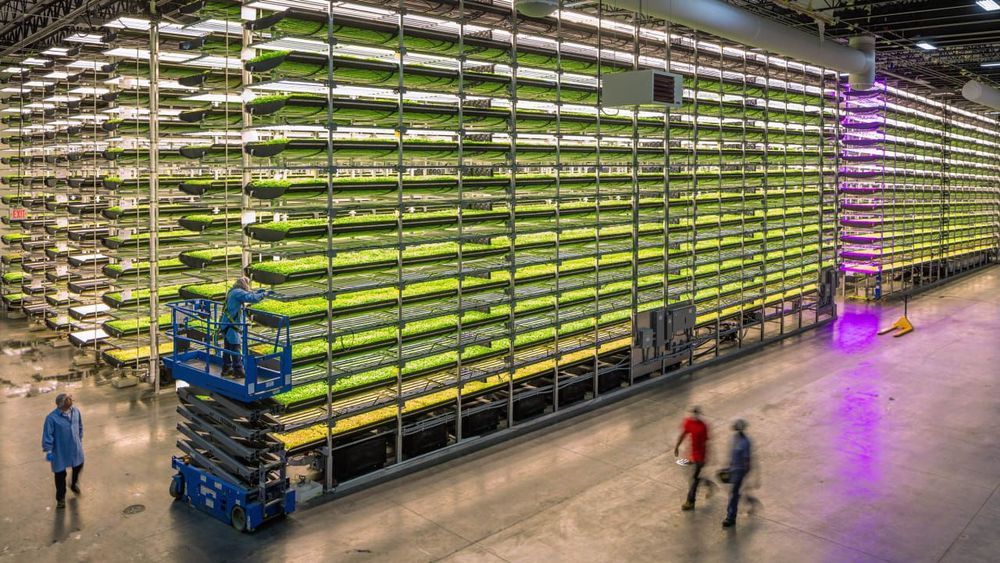Most of the pieces of Elon Musk’s Master Plan, Part Deux are already in place. Tesla’s mass-market cars, the Model 3 and Model Y, have already been released. The Solar Roof is finally seeing a ramp. And the release of a feature-complete version of the company’s Full Self-Driving suite seems to be drawing closer.
For Tesla’s Full Self-Driving suite to be feature-complete, the electric car maker would need to master inner-city driving. FSD already works for highway driving with Navigate on Autopilot with automatic lane changes. But when it comes to inner-city streets, Full Self-Driving still has some ways to go. Fortunately, if Tesla’s v10.2 2020.12.5 release is any indication, it appears that more and more aspects of city driving are becoming recognized by the company’s neural networks.
